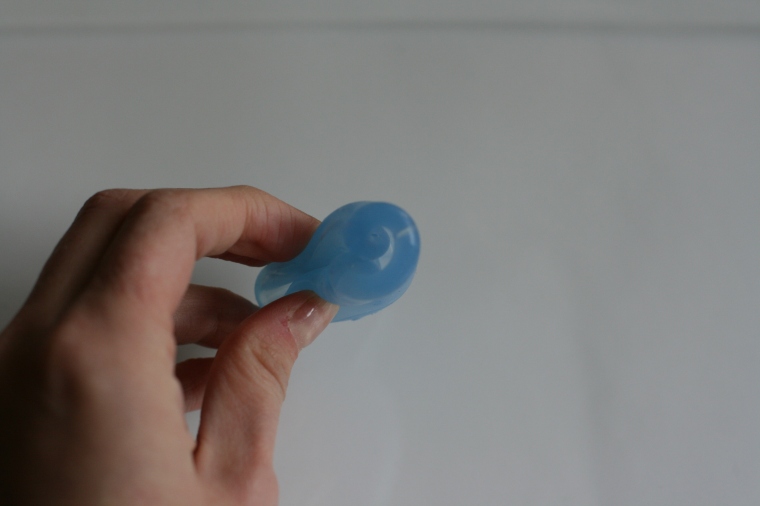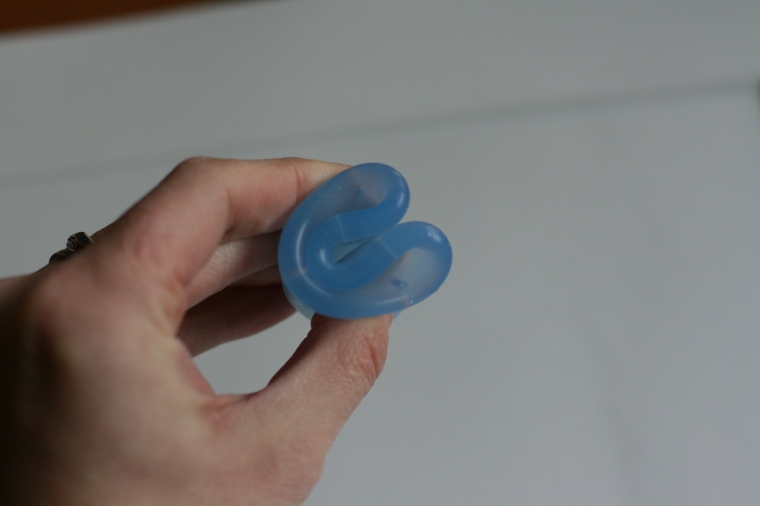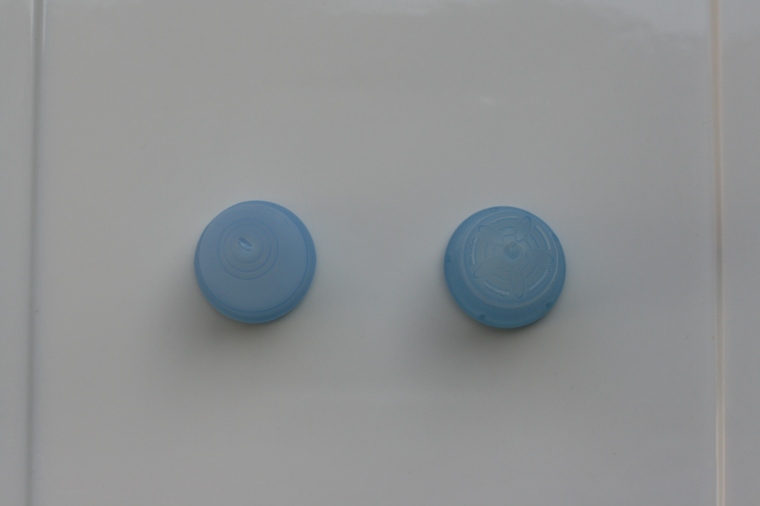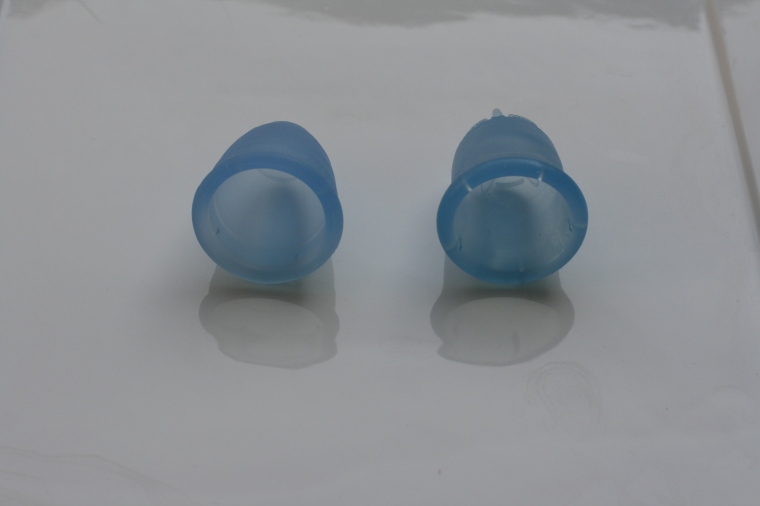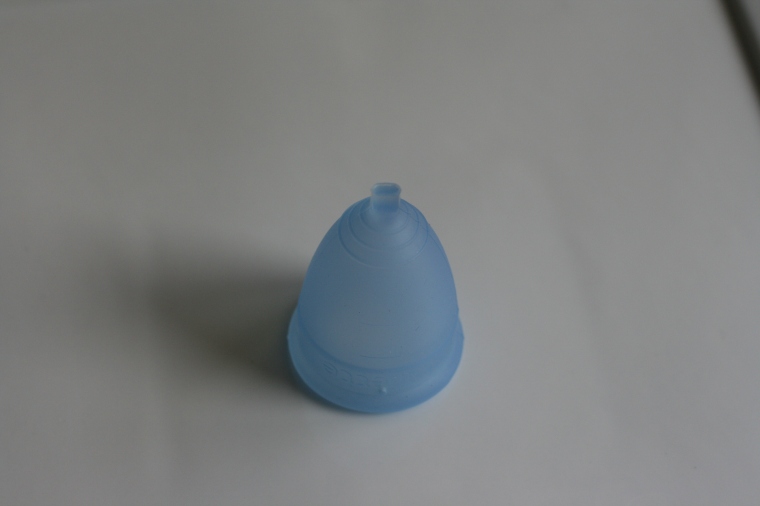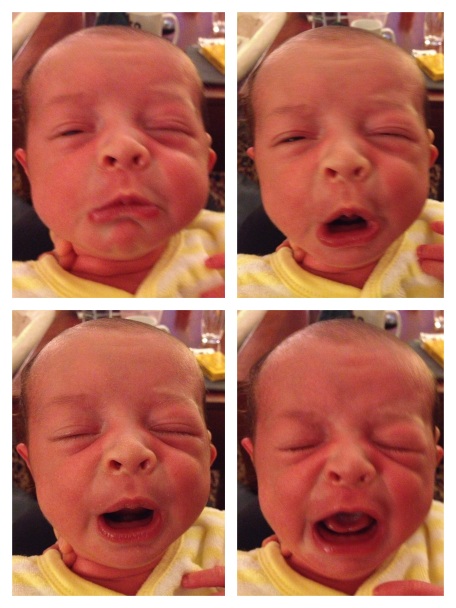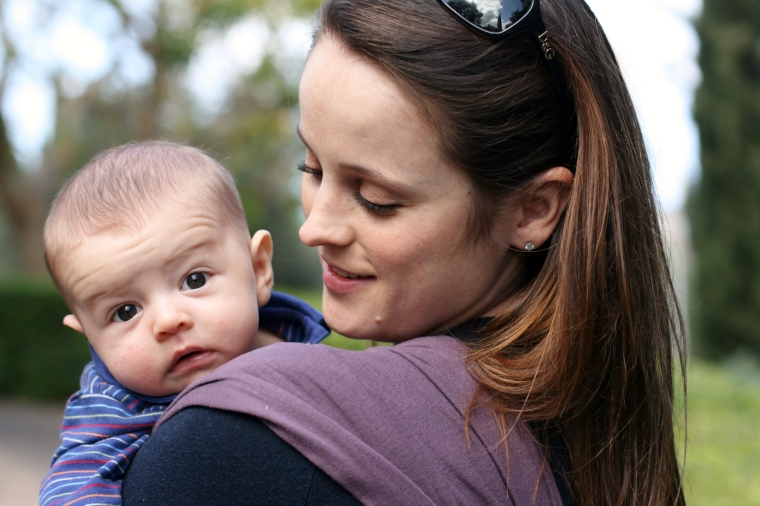
When Asher was a baby I tried desperately to get him to take a pacifier, and it worked…for a while. As soon as he discovered his thumbs, all bets were off. It was love. At first I wasn’t all that concerned about it, because favored both thumbs equally, but after a while I started to notice that he was exclusively sucking his left thumb and I knew it may end up being an issue.
After both his pediatrician and dentist told me that it was important for his teeth and jaw that he stop sucking his thumb by the time he was two years old, I started looking into ways to get him to break the habit.
After Asher’s first birthday I decided that it was time to get serious about breaking the habit. The first thing I tried was Dr. Thumb. After waiting for an insanely long time for the thing to arrive, I threw it on Asher’s hand and was satisfied that it seemed comfortable, (although it did leave red marks on his hand after a while). He was supposed to wear it for 3 weeks to break the habit, but about half way through the poor guy got sick and I decided that we would table the thumb sucking issue and revisit it at a later date. As soon as I took the contraption off he began sucking his thumb again as though he had never stopped. Over all the Dr. Thumb was a lot of effort for poor results, so I knew moving forward that I wanted to find a better solution.
For the next year Raf and I tired to only allow Asher to suck his thumb at nap time and bed time, but it was an up hill battle – the thing was attached to him for crying out loud! I began noticing that he was sucking his thumb more and more frequently throughout the day and while talking to him about it and reasoning with him worked for short periods, his thumb always made it’s way back into his mouth.
Since we potty trained him right before his second birthday, I decided to wait a few months before piling on more change and cracking down on his thumb sucking.
In early February I knew it was time. His potty training was firmly established, if not totally complete, and we had had a month to settle into our new house. With the impending arrival of a new baby, we were in the calm before the storm. I ordered Mavala Stop from Amazon.
When it arrived, I read the box which stated “with small children, the efficacy can be compromised as their taste buds are not fully developed and they may like the bitterness of the product. Not for children under 3 years old.” I felt confident that Asher’s taste buds were developed enough, so I decided to try it out anyway.
I told him that I had something that would help him stop sucking his thumb like his dentist and pediatrician wanted, which would help protect his teeth. I asked if he’d like to give it a try and he was pretty excited and curious about it. I painted it on his thumb and explained that it would taste really yucky if he put it in his mouth. I guess he didn’t want to take my word for it, because he promptly yet tentatively stuck his thumb in his mouth. All traces of doubt that it would taste horrible immediately vanished as he made disgusted sounds and asked me to wipe his tongue off. Once I had successfully washed the taste out of his mouth, he asked me to apply more of the polish to his thumb.
A few hours later, it was time for his nap and as I put him down I reminded him not to suck his thumb because it would taste awful. He rolled right over and went to sleep without putting his thumb in his mouth, although it did get pretty close.
He woke up from his nap crying. He came out of his room with his mouth open, his tongue sticking out and drooling. The poor guy must have sucked his thumb in his sleep. I once again helped him wash the taste out of his mouth and to my disbelief he again asked me to reapply the polish. I explained that it didn’t have to be reapplied for a few days, which really upset him.
He never sucked his thumb again. Seriously. I did reapply the polish a few days later, but I really didn’t have to. He had practically quit cold turkey. It was amazing!
If thumb sucking is always this easy a habit to break, I hope all my kids suck their thumbs! It’s just so much more convenient than pacifiers. His thumb was always accessible and I never had to worry about searching for lost binkies, which also meant I wasn’t able to take his thumb away, so getting him to stop could have been a huge trial, but thankfully Mavala Stop worked like a charm! I also think that waiting until he was old enough to understand what we were trying to achieve was a huge factor in the success.






